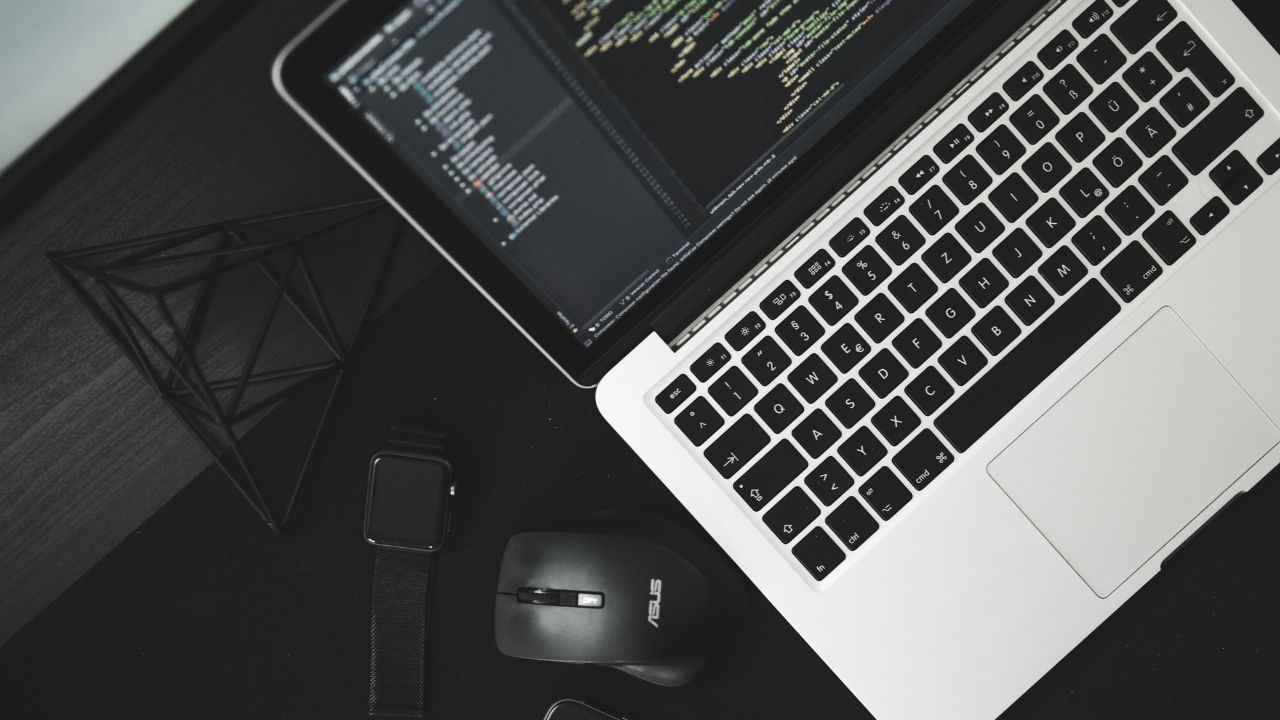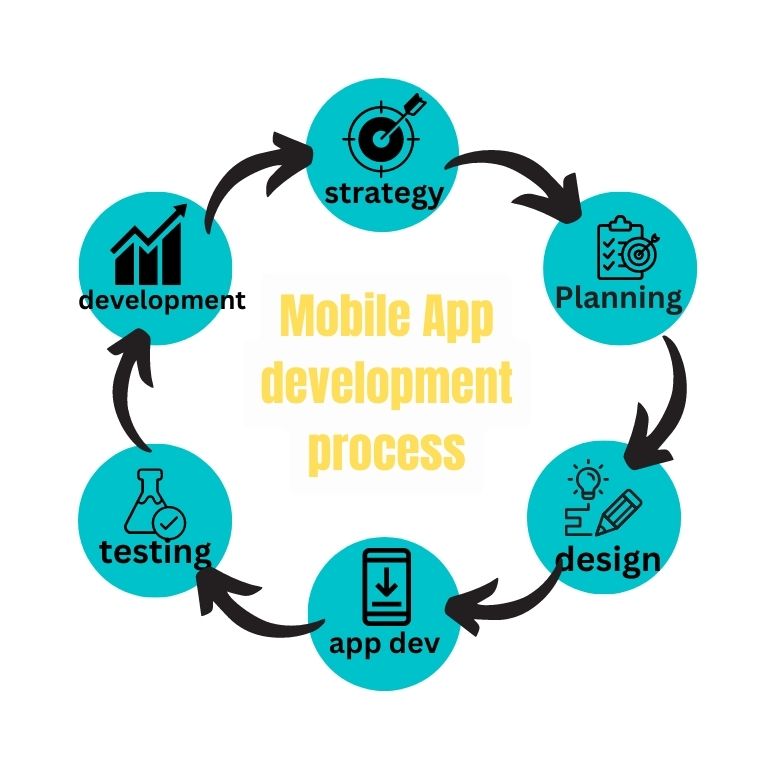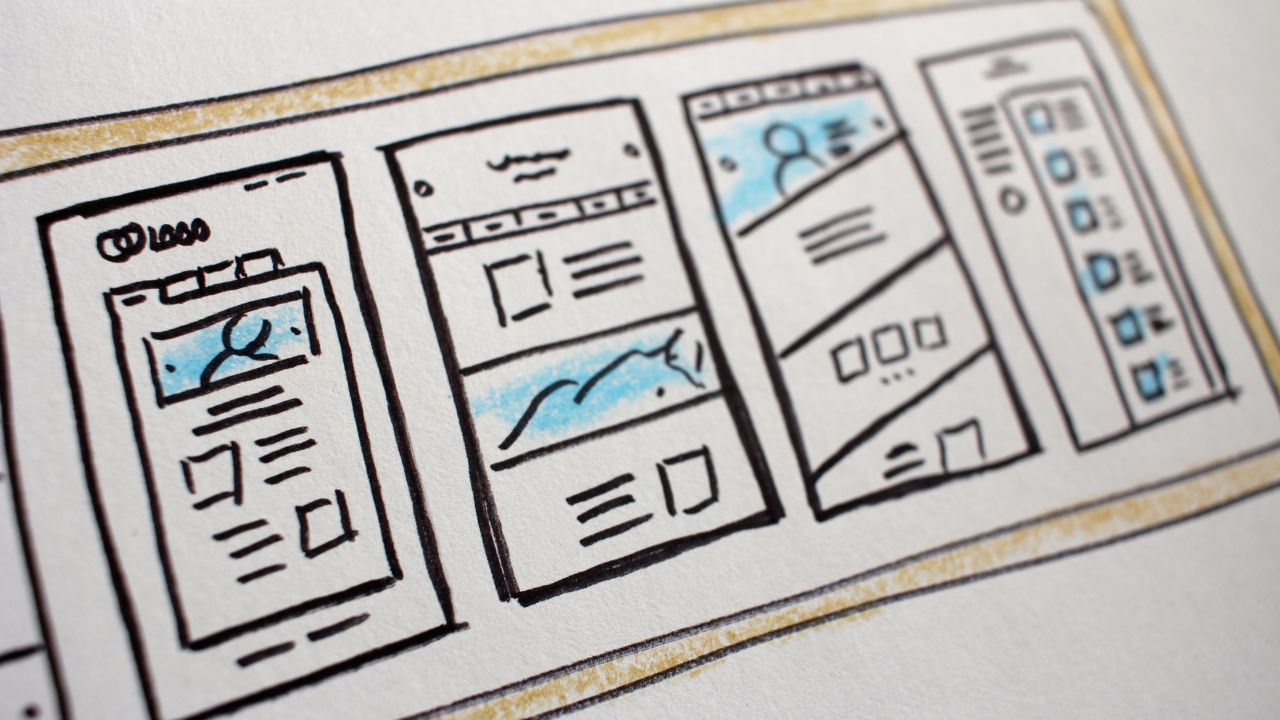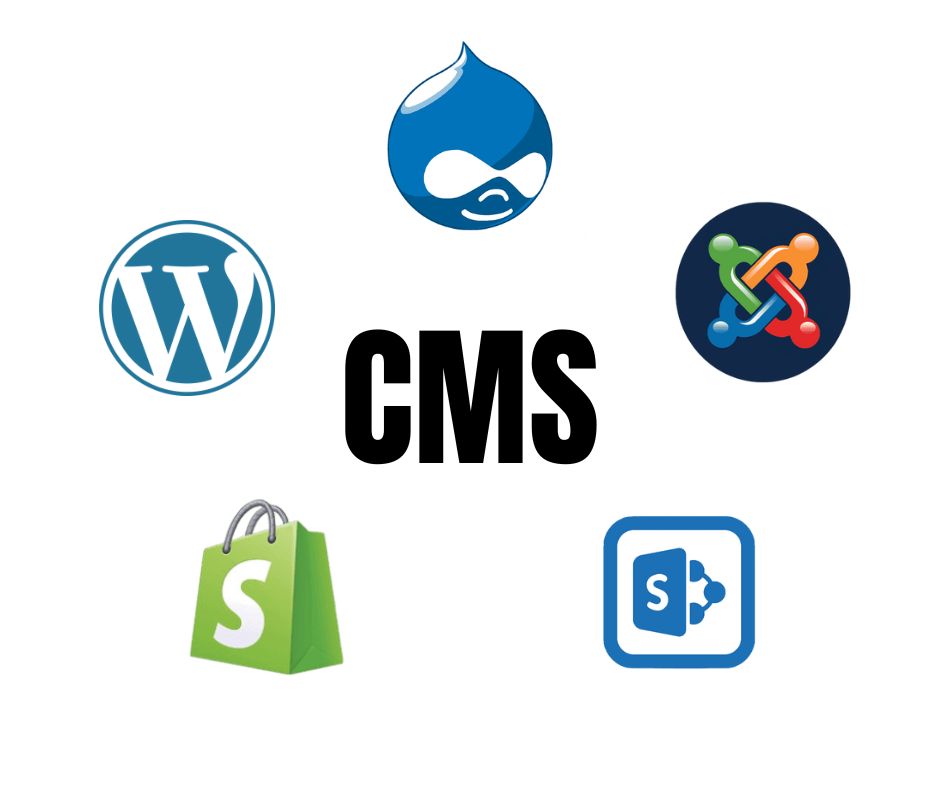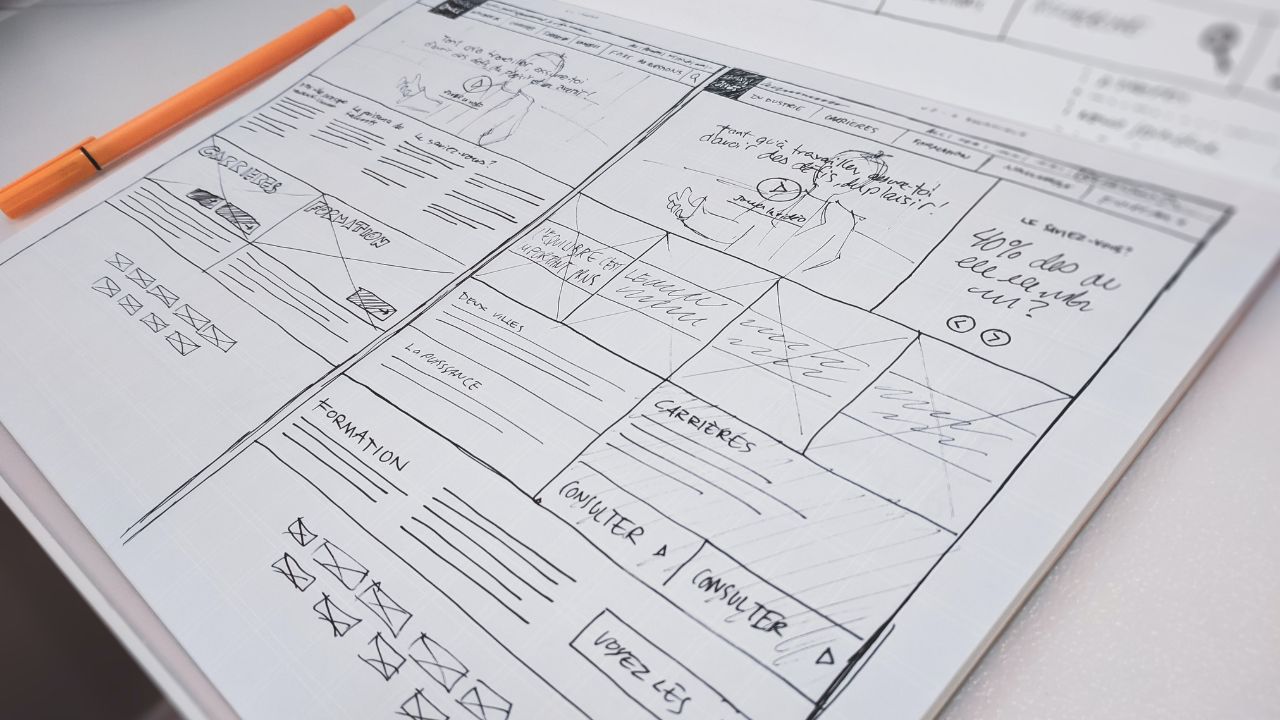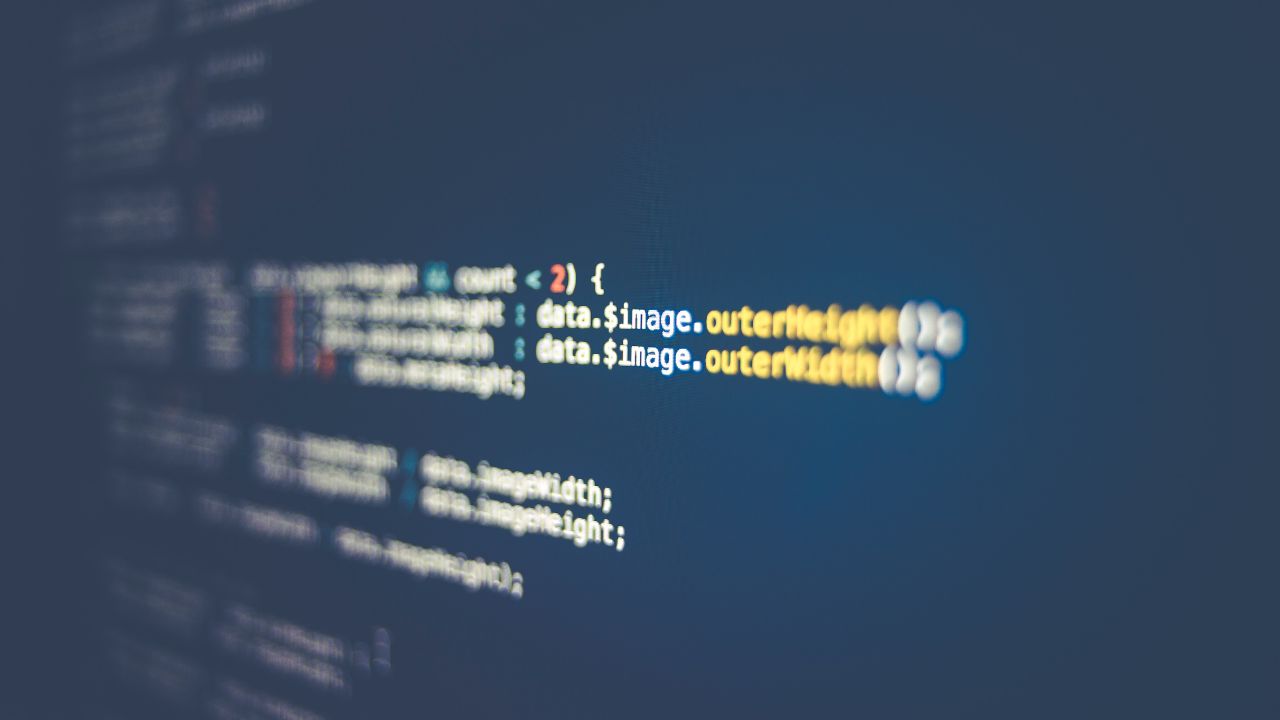Freelancing is getting more popular nowadays, people prefer to work from home. The number of freelancers increasing gradually. Every freelancer needs to extend their skillset and provide excellent output to the clients. It will definitely make you stand out in your field if you start learning the most high-paying skills. Here are 7 in-demand skills for freelancers that would be enough for every freelancer to earn good money from the comfort of their home.
1-Full stack development
A Full Stack Developer is a software programmer who can handle all aspects of the development process. This includes front-end (client-side) and back-end (server-side) Stack development. The goal of a Full Stack Developer is to be able to build a complete web application from scratch to the End. It requires a good understanding of how all the different layers fit together. A full-stack developer can sell their services for $135 per hour on different freelance platforms.
What Does a Full Stack Developer Do?
A Full Stack Developer works on the Back End (server side) as well as the Front End (client side). Full Stack Developers must have some skills in coding niches, from databases to graphic design and UI/UX management in order to work well.
Full Stack Developer’s responsibilities include:
- Front-end technologies such as HTML, CSS, JavaScript
- JavaScript frameworks such as React, Angular, Vue
- Back-end technologies such as Node.js, Ruby on Rails, Django
- Database management (e.g. MySQL, MongoDB, PostgreSQL)
- Knowledge of API design and development
- Understanding of server-side languages such as PHP, Python, Java
- know control systems such as Git.
Full Stack Developer Need to Know:
A Full Stack Developer should have a full understanding of the different aspects of making up a web application, and how they interact with each other. Additionally, they should have experience with both front-end and back-end development, and also have a solid understanding of web security and performance optimization.
Front End Development
Front-end development refers to the part of web development that deals with the user interface and user experience of a web application. It involves the use of HTML, CSS, and JavaScript to create the visual and interactive elements of a website or web application that users interact with.
Back End Development
Back-end development refers to the server side of web development, which is responsible for storing and retrieving data and serving it to the front end. It involves the use of programming languages, databases, and server technologies to build the underlying infrastructure that supports a web application.
2-Mobile app development
A mobile app developer is a software developer who expert in creating apps for smartphones, tablets, and computers. They know coding languages and fix any bugs or errors that arise in the software. They work with graphic designers and data scientists to build their apps. App developers charge $155 per hour on freelance marketplaces.
There are various approaches to mobile app development, including:
-
Native App development:
Native app development involves creating separate apps for different platforms (iOS and Android) using their programming languages.
-
Hybrid App development:
Hybrid app development involves creating a single app that can run on multiple platforms using technologies such as React Native or Xamarin.
-
Web app development:
Web app development involves creating a web-based app that runs in a browser and can be accessed from any device with an internet connection.
Best Mobile App Development Platforms:
Some of the best platforms include:
Android Studio: Android Studio is an open-source platform that provides a different set of tools for building and testing Android apps.
Xcode: Xcode is the official IDE for iOS and macOS app development. It is only available for Mac users.
Flutter: Flutter is for building high-performance, cross-platform mobile apps. It uses the Dart programming language and provides a fast and expressive development experience.
Ionic: Ionic is a popular open-source platform that is used for building cross-platform mobile apps using web technologies such as HTML, CSS, and JavaScript.
Build Fire: Build Fire is a cloud-based mobile app development platform that allows users to create and publish custom mobile apps without requiring any coding knowledge.
3-Web design
Web designing skill refers to the process of creating a visual and user experience website. It includes the use of various design elements such as layout, color, typography, images, and graphics to create an aesthetically appealing and user-friendly website.
Web designers’ Tasks to perform:
The main task of web designers is to create and design visual and user experience websites. key tasks that web designers perform:
- Use easy-to-read fonts
- Choosing an attractive color scheme
- Using colors, fonts & layout according to brand identity.
- Placing images, logos, videos, text, and other elements.
- Using coding language such as HTML &CSS to style pages.
- Designed optimized website pages for both desktop and mobile.
Elements of web design:
There are many components of web design, including:
Layout: The layout of the website is how the elements are displayed on a page.
Images: Images are illustrations, graphics, photographs, icons and others used to provide additional information to the text.
Visual hierarchy: Visual hierarchy is used to process the information which is given on the site.
Color scheme: The color scheme is a combination of colors that is in harmony with the brand and industry it represents.
Typography: Typography is the style of the font in written text.
Readability: Readability is when the text on a webpage is easy to see and read.
Navigation: Navigational elements allow the user to go where they want to go within a website.
Content: Content is the information on a website.
4-UX/UI design
UX (User Experience) and UI (User Interface) design are two aspects of designing digital products. This focus on improving the overall experience and satisfaction of users and they work together to create a satisfying experience. UX/UI designer charges min $120 per hour.
UX design
UX design is used to design products, such as websites and mobile apps, with a focus on user satisfaction and loyalty. UX designers work on improving accessibility and usability that provides full satisfaction in the interaction with the product.
The responsibilities of a UX designer can include:
Conducting user research: This involves researching the target users and their needs, goals, and behavior.
Developing wireframes and prototypes: This involves creating simple, low-fidelity representations of the product to test and validate design ideas.
Conducting user testing: This involves testing the product with users to gather feedback and identify areas for improvement.
Designing the user interface: This involves creating the visual design of the product, including the layout, typography, and color scheme.
Collaborating with other teams: This involves working with developers, product managers, and other stakeholders to ensure that the product meets the needs of users and the business.
UI design:
UI design, on the other hand, is the graphic design of a product’s interface. UI designers work on a look and feel of a product. This includes the layout, typography, color scheme, and other visual elements.
The responsibilities of a UX designer can include:
Designing the visual elements of a product’s interface: This includes creating the layout, typography, color scheme, and other visual elements that make up the look and feel of a product.
Creating mockups and prototypes: This involves creating detailed, high-fidelity representations of the product’s interface to test and validate design ideas.
Ensuring consistency in the product’s visual design: This involves maintaining a consistent look and feel across different screens and pages of a product, to provide a cohesive user experience.
Collaborating with UX designers and other teams: This involves working with UX designers to ensure that the visual design supports the overall user experience.
Staying up-to-date with design trends and technology: This involves staying informed about the latest design trends, techniques, and technologies and using them.
Conducting user testing: This involves testing the product’s interface with users to gather feedback and identify areas for improvement.
Skills that UX/UI designers need:
- Creativity, Design skills
- Prototyping, Design thinking
- Teamwork & Communication
- Adaptability
- Attention to details
- Technical skills
- Research & problem-solving
5-CMS development
CMS (Content Management System) development is the process of creating and maintaining software that enables users to create, manage, and publish digital content. Which is typically for websites and other online platforms. A CMS provides a user-friendly interface for managing and organizing content, such as text, images, videos, and other media. CMS developers charge $105 per hour on freelance marketplaces.
Types of Web CMS:
The most common types of CMS include:
1- Custom CMS development: A custom CMS is not based on an existing platform, it is built from the scratch. Which allows the organization to have complete control over the functionality and features of the CMS.
2- Joomla: Joomla is a free and open-source content management system (CMS) that is used to create and manage websites and other digital content.
3- Drupal: Drupal is used to build and manage websites. It is an open-source CMS that uses PHP programming language.
4- Sharepoint: SharePoint is a web-based collaboration and document management platform developed by Microsoft.
5- WordPress: WordPress is an open-source (CMS). It is based on PHP and MySQL. It is the most widely used CMS in the world, and it powers over 40% of all websites on the internet.
6-Manual testing
Manual testing is a process that we use to test different software applications, without the use of automated tools. It uses to test manually and identify all the bugs and errors, then compare the results with expected outcomes. Manual testers charge $50 per hour on Upwork.
Stages of Manual Testing
- Unit Testing: Unit testing involves the individual components and verification of source code. A unit can be considered the smallest testable part of any software.
- Integration Testing: Integration testing is the next process after unit testing. In this step, multiple units are used to be tested as a whole.
- System Testing: System testing involves testing all the integrated modules of the software as a whole.
- UI Testing: UI Testing is known as GUI Testing. It checks and verifies different aspects of any software that a user would interact with while using it.
- Acceptance Testing: Acceptance testing is used to verify the system before launching it in the real world.
Types of Manual Testing
- White Box Testing: It is known as transparent or glass box testing, in this approach the QA is familiar with the internal code of the application.
- Black Box Testing: In Black-box testing, QA does not have any knowledge about the underlying code of the application. The QA interacts with the software application to check its functional and non-functional behavior.
- Grey Box Testing: It is the combination of both white box and black box testing. The main aim of this approach is to identify any bugs present either due to inappropriate usage or structural flaws.
Skills required in manual testing:
A manual tester required the following skills:
- Attention to detail
- Analytical skills
- Communication skills
- Problem-solving skills
- Familiarity with testing methodologies
- Technical knowledge
- Time management skills
- Adaptability
- Creativity
7-Script and automation
Scripting and Automation refer to the use of code and tools that automate repetitive or time-consuming tasks in software development and testing. It is used to write small, lightweight programs or scripts to automate specific tasks. Scripting and automation specialists charge min $350 per hour on different freelance platforms.
Components of automation scripts
The components include the following elements:
Test cases: Test cases define the specific tests to be automated, including the expected results and any pre-conditions or post-conditions.
Test data: Test data defines the inputs and outputs for each test case, including any variables or parameters.
Test environment: The test environment defines the hardware and software configurations required to run the automation scripts,
Test framework: The test framework defines how the automation scripts are executed.
Test execution: The test execution component is responsible for actually executing the automation scripts.
Reporting: The reporting component generates reports on the results of the automation tests.
Maintenance: The maintenance component includes any activities required to keep the automation scripts up-to-date.
Required skills:
- Programming skills
- Knowledge of automation tools
- Problem-solving skills
- Analytical skills
- Familiarity with software testing
- Understanding of software development life cycle
- Communication skills
- Time management skills

